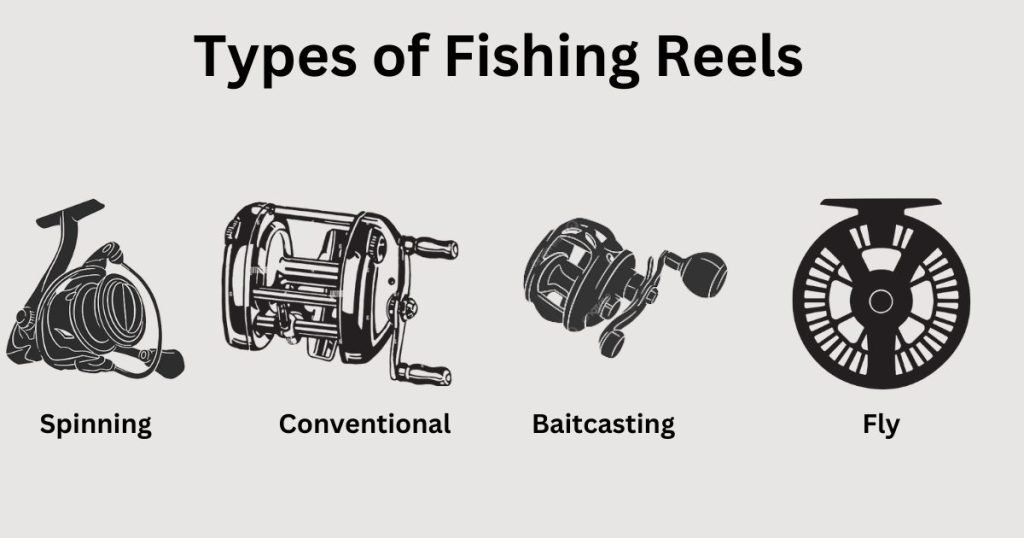Stepping into the world of fishing can feel overwhelming, especially when you see the wall of shiny, complex-looking fishing reels at the store. What is the best all-around fishing reel for a beginner? It’s a question every new angler asks. The truth is, you don’t need the most expensive gear to have a fantastic time and catch fish. This guide is designed to cut through the confusion. We’ll break down the basics, explain the different types, and show you exactly what to look for. Let’s get you ready for the water with confidence. To see the kind of high-value gear we believe in, feel free to explore our curated collection.
What is a Fishing Reel and How Does It Work?
At its core, a fishing reel is a simple tool with a crucial job. It holds your fishing line, allows you to cast it out, and helps you retrieve it—hopefully with a fish attached! Think of it as the engine of your fishing setup. When you turn the handle, gears inside the reel spin a spool, winding the line back in. A quality reel does this smoothly and reliably, giving you control over your lure and the fish you’re fighting. Understanding these fishing reel basics is the first step to becoming a successful angler.
The 4 Main Types of Fishing Reels Explained
You’ll encounter several kinds of reels, but for a beginner, it’s best to focus on the most common ones. Each is designed for a specific style of fishing.
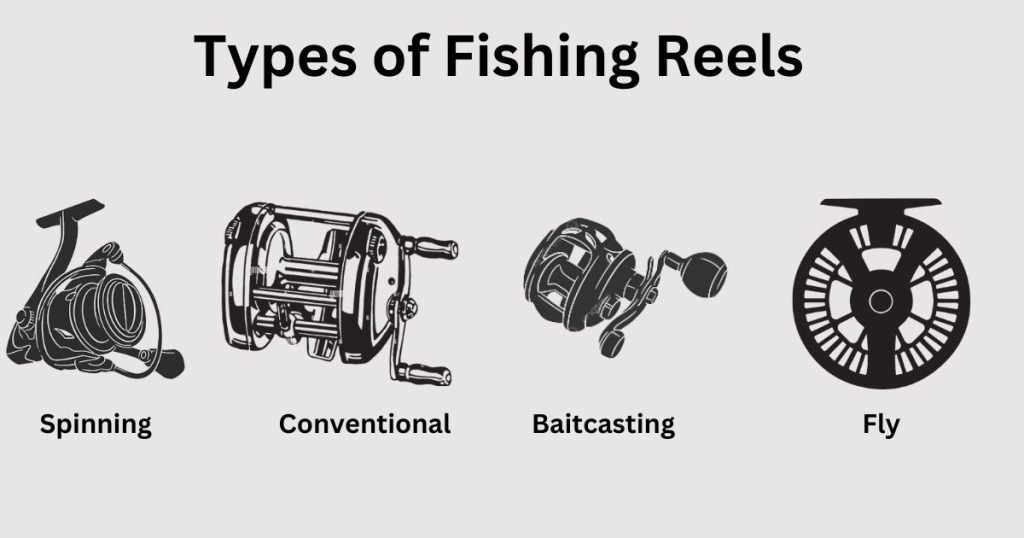
Spinning Reels (Best for Beginners)
If you only learn about one reel type, make it this one. The spinning fishing reel is the most popular and versatile option available, and for good reason. Its open-face design makes it incredibly easy to use, less prone to line tangles (backlashes), and suitable for everything from small panfish to larger bass. Its fixed spool allows the line to fly off effortlessly during a cast, making it perfect for light lures and baits.
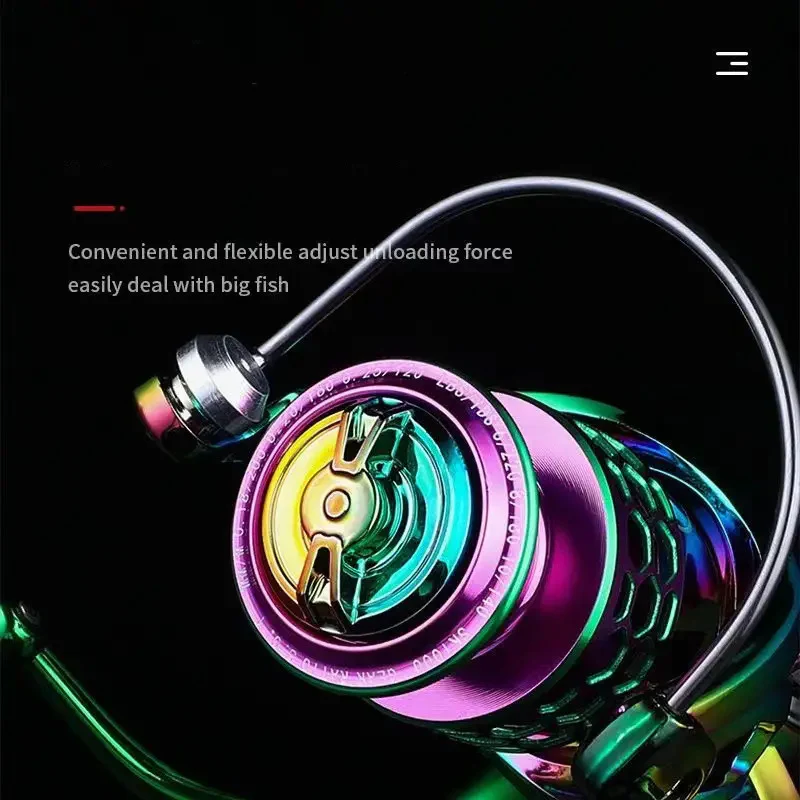
Baitcasting Reels (For Precision & Power)
Baitcasting reels sit on top of the rod and offer superior casting accuracy and power. They are the preferred choice for serious bass anglers using heavier lines and lures. However, they come with a steep learning curve. The spool spins during the cast, and if you don’t control it with your thumb, you’ll end up with a massive tangle known as a “bird’s nest.” We recommend mastering a spinning reel before tackling a baitcaster.
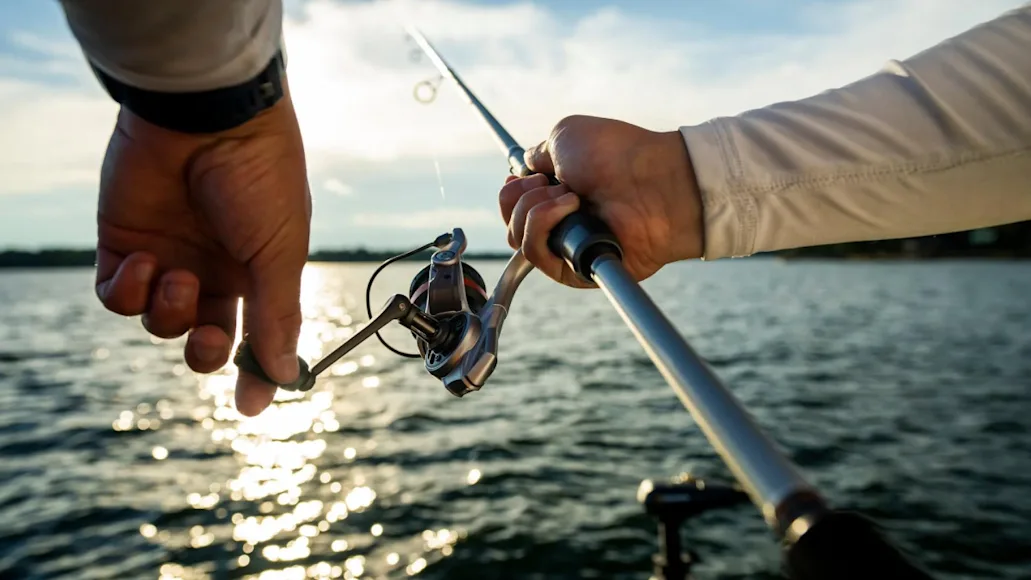
Spincast Reels (Easiest to Use)
Often called “push-button” reels, spincast reels are the absolute easiest to operate. A button on the back releases the line for casting. While they are fantastic for children and absolute novices, they often lack the durability, casting distance, and smoothness of a good spinning reel. They are a great entry point but one that most anglers quickly outgrow.
Fly Reels (Specialized Gear)
Fly reels are a different beast entirely. They are designed for fly fishing, where the weight of the thick fly line—not a lure—is what you cast. They function more as a line holder with a simple drag system. Unless you are specifically starting with fly fishing, you can set this type aside for now.
Anatomy of a Reel: Key Fishing Reel Parts You Must Know
Understanding a few key components will help you decode product descriptions and choose the right gear. Let’s look inside a typical spinning reel.
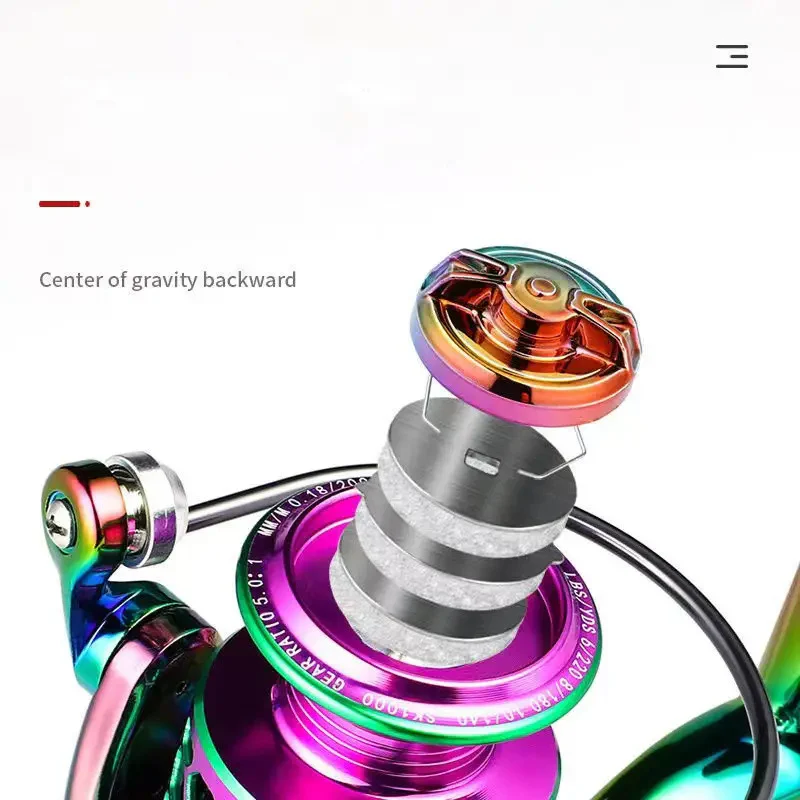
Gear Ratio: Speed vs. Power
You’ll see numbers like “5.2:1” on a reel. This is the gear ratio. It means for every one full turn of the handle, the spool rotates 5.2 times.
- Higher Ratios (e.g., 6.0:1): Faster retrieve. Good for quickly pulling lures through the water.
- Lower Ratios (e.g., 4.9:1): Slower retrieve, but more torque and power. Better for fighting bigger fish with deep-diving baits. For a beginner, a mid-range ratio around 5.1:1 to 5.4:1 is a perfect, versatile starting point.
Drag System: Fighting the Fish
The drag system is perhaps the most critical part of a reel. It’s a set of friction washers that allows a fish to pull line out under pressure, preventing the line from snapping. A smooth, reliable drag lets the fish run when it needs to and allows you to gain line when it tires. A jerky drag will lead to lost fish and frustration.
Ball Bearings: Smoothness Factor
Ball bearings are small steel or ceramic balls placed at key points within the reel to reduce friction and keep things running smoothly. While more bearings can mean a smoother reel, quality is far more important than quantity. A reel with 4-5 high-quality, shielded bearings will outperform a cheap reel packed with 10 low-quality ones every time.
How to Choose Your First Fishing Reel
Now that you know the basics, how do you pick the right one? What is the easiest fishing reel to use? For 99% of beginners, the answer is a spinning reel. Here’s what to consider.
Matching Reel to Rod and Line
Balance is key. A small, lightweight rod needs a small, lightweight reel. Look for spinning reel sizes like 2000 or 3000 for a versatile freshwater setup. These numbers indicate the spool’s line capacity. A 2500-size reel is often considered the perfect all-around choice for bass, walleye, and trout.
Considering Your Target Fish Species
Are you fishing for small trout in a stream or chasing bigger bass in a lake? For smaller fish, a 1000 or 2000-size reel is great. For general-purpose freshwater fishing, a 2500 or 3000-size reel is ideal. If you plan on doing some light saltwater fishing, a 4000-size reel with better corrosion resistance is a wise investment.
Budget-Friendly Options for Starters
How much should I spend on my first reel? You don’t need to break the bank. Modern manufacturing has made excellent, durable reels accessible to everyone. Look for reels in the 30−60 range. This price point offers significant upgrades in smoothness and durability over the cheapest options without the high cost of professional-grade gear. These affordable fishing reels provide the best value for getting started.
The Bottom Line: Your Perfect First Reel Awaits
Choosing your first fishing reel doesn’t have to be complicated. By understanding the main types and key parts, you can make an informed decision. The key takeaway is simple: start with a versatile spinning reel in the 2000-3000 size range, pay attention to a smooth drag system and quality bearings, and you’ll have a reliable partner for your first fishing adventures. The most important thing is to get out there and start creating memories on the water.
Ready to find your perfect first reel? Check out our hand-picked selection of beginner-friendly reels that deliver performance without the premium price tag.
FAQ: Common Beginner Questions
Do expensive reels catch more fish? Absolutely not. An expensive reel may be lighter, smoother, or more durable, but it’s skill and knowledge that catch fish. A reliable, affordable reel in the hands of a knowledgeable angler will always outperform a pro-grade reel in the hands of a novice. Your focus should be on learning, not on spending.
What does the size number (e.g., 3000) on a reel mean? The size number generally refers to the spool’s capacity—how much line it can hold. A 1000-size reel is small and light, perfect for ultralight fishing. A 3000-size is a great all-around freshwater reel. A 5000-size or larger is typically used for heavier saltwater fishing.
Can I use the same reel for freshwater and saltwater? You can, but it’s not always ideal. Saltwater is extremely corrosive. If you use a standard freshwater reel in the salt, you must rinse it thoroughly with fresh water after every single use. Saltwater-specific reels are built with more corrosion-resistant materials and sealed bearings. If you fish in saltwater often, a dedicated saltwater reel is a wise investment. Find the right gear for your next trip by exploring our diverse selection of reels.

